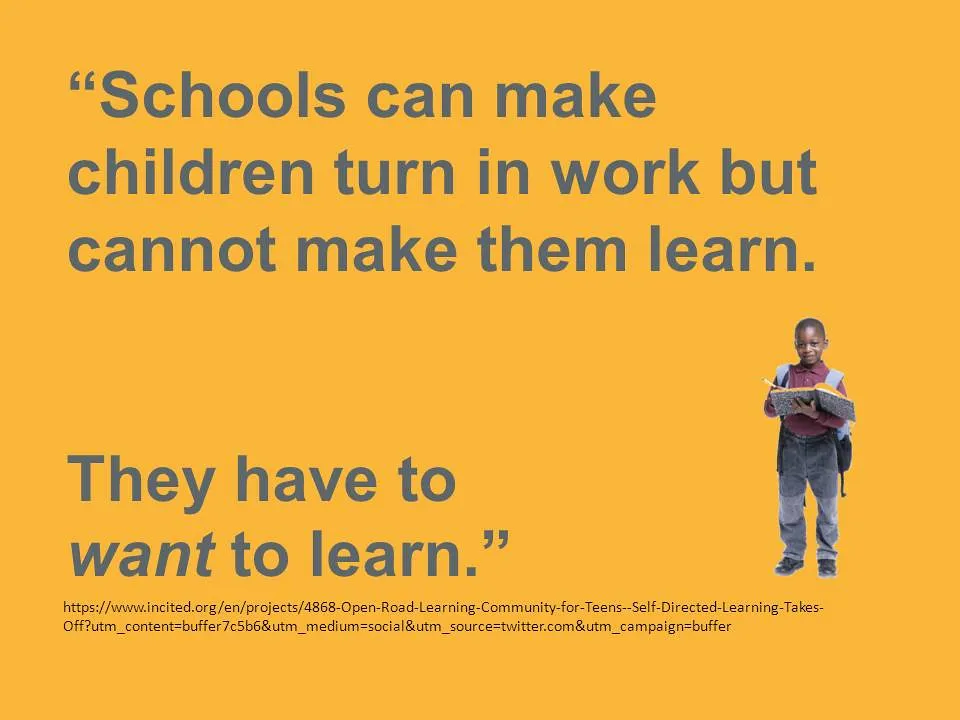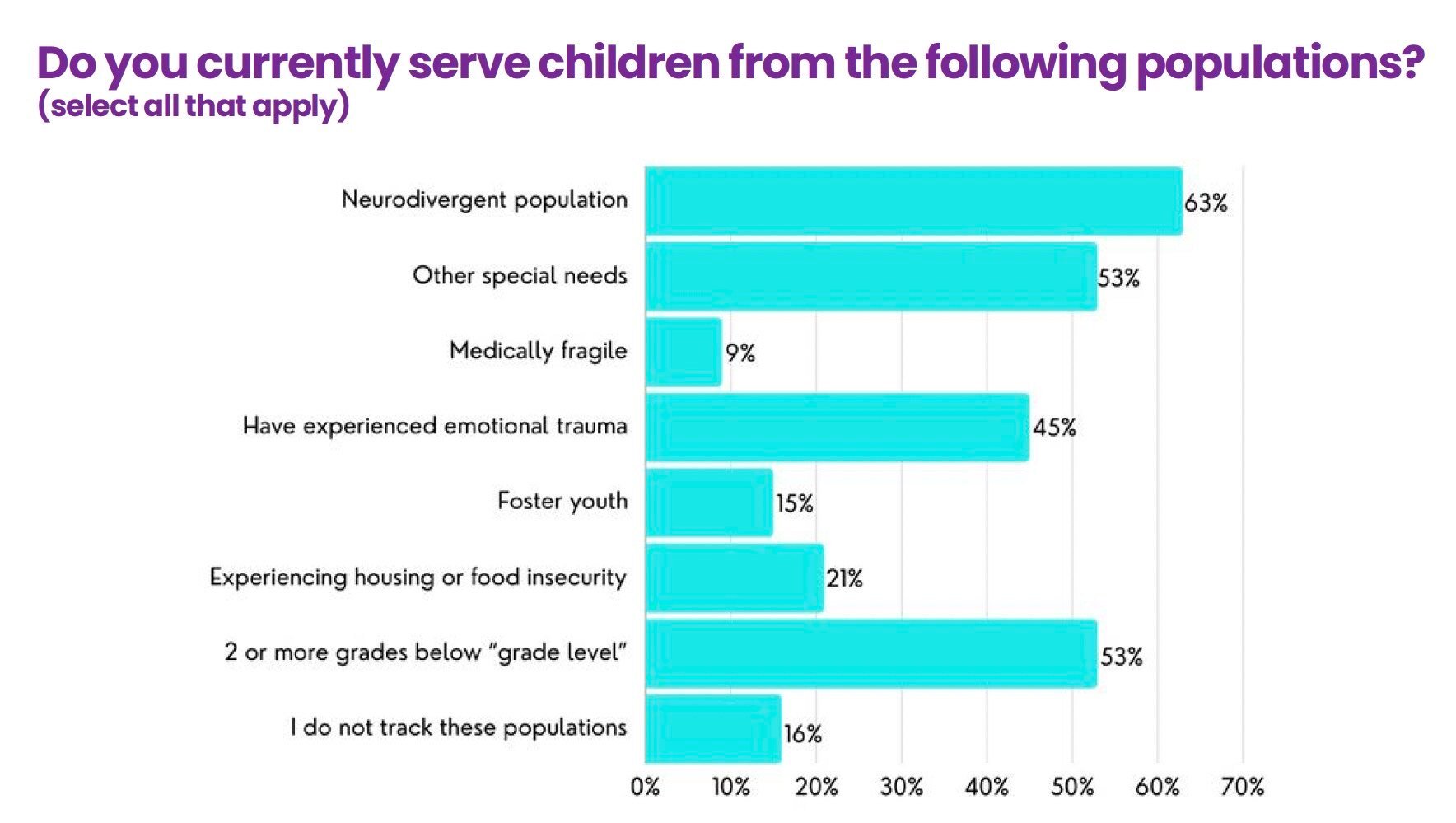60 Minutes Overtime
Sal Khan wants an AI tutor for every student: here’s how it’s working at an Indiana high school — from cbsnews.com by Anderson Cooper, Aliza Chasan, Denise Schrier Cetta, and Katie Brennan
“I mean, that’s what I’ll always want for my own children and, frankly, for anyone’s children,” Khan said. “And the hope here is that we can use artificial intelligence and other technologies to amplify what a teacher can do so they can spend more time standing next to a student, figuring them out, having a person-to-person connection.”
…
“After a week you start to realize, like, how you can use it,” Brockman said. “That’s been one of the really important things about working with Sal and his team, to really figure out what’s the right way to sort of bring this to parents and to teachers and to classrooms and to do that in a way…so that the students really learn and aren’t just, you know, asking for the answers and that the parents can have oversight and the teachers can be involved in that process.”
Nectir lets teachers tailor AI chatbots to provide their students with 24/7 educational support — from techcrunch.com by Lauren Forristal
More than 100 colleges and high schools are turning to a new AI tool called Nectir, allowing teachers to create a personalized learning partner that’s trained on their syllabi, textbooks, and assignments to help students with anything from questions related to their coursework to essay writing assistance and even future career guidance.
…
With Nectir, teachers can create an AI assistant tailored to their specific needs, whether for a single class, a department, or the entire campus. There are various personalization options available, enabling teachers to establish clear boundaries for the AI’s interactions, such as programming the assistant to assist only with certain subjects or responding in a way that aligns with their teaching style.
“It’ll really be that customized learning partner. Every single conversation that a student has with any of their assistants will then be fed into that student profile for them to be able to see based on what the AI thinks, what should I be doing next, not only in my educational journey, but in my career journey,” Ghai said.
How Will AI Influence Higher Ed in 2025? — from insidehighered.com by Kathryn Palmer
No one knows for sure, but Inside Higher Ed asked seven experts for their predictions.
As the technology continues to evolve at a rapid pace, no one knows for sure how AI will influence higher education in 2025. But several experts offered Inside Higher Ed their predictions—and some guidance—for how colleges and universities will have to navigate AI’s potential in the new year.
How A.I. Can Revive a Love of Learning — from nytimes.com by Anant Agarwal
Modern technology offers new possibilities for transforming teaching.
In the short term, A.I. will help teachers create lesson plans, find illustrative examples and generate quizzes tailored to each student. Customized problem sets will serve as tools to combat cheating while A.I. provides instant feedback.
…
In the longer term, it’s possible to imagine a world where A.I. can ingest rich learner data and create personalized learning paths for students, all within a curriculum established by the teacher. Teachers can continue to be deeply involved in fostering student discussions, guiding group projects and engaging their students, while A.I. handles grading and uses the Socratic method to help students discover answers on their own. Teachers provide encouragement and one-on-one support when needed, using their newfound availability to give students some extra care.
Let’s be clear: A.I. will never replace the human touch that is so vital to education. No algorithm can replicate the empathy, creativity and passion a teacher brings to the classroom. But A.I. can certainly amplify those qualities. It can be our co-pilot, our chief of staff helping us extend our reach and improve our effectiveness.
Dancing with the Devil We Know: OpenAI and the Future of Education — from nickpotkalitsky.substack.com by Nick Potkalitsky
Analyzing OpenAI’s Student Writing Guide and Latest AI Tools
Today, I want to reflect on two recent OpenAI developments that highlight this evolution: their belated publication of advice for students on integrating AI into writing workflows, and last week’s launch of the full GPTo1 Pro version. When OpenAI released their student writing guide, there were plenty of snarky comments about how this guidance arrives almost a year after they thoroughly disrupted the educational landscape. Fair enough – I took my own side swipes initially. But let’s look at what they’re actually advising, because the details matter more than the timing.
Tutor CoPilot: A Human-AI Approach for Scaling Real-Time Expertise — from studentsupportaccelerator.org by Rose E.Wang, Ana T. Ribeiro, Carly D. Robinson, Susanna Loeb, and Dora Demszky
Pandemic, Politics, Pre-K & More: 12 Charts That Defined Education in 2024 — from the74million.org
From the spread of AI to the limits of federal COVID aid, these research findings captured the world of education this year.
Tutoring programs exploded in the last five years as states and school districts searched for ways to counter plummeting achievement during COVID. But the cost of providing supplemental instruction to tens of millions of students can be eye-watering, even as the results seem to taper off as programs serve more students.
That’s where artificial intelligence could prove a decisive advantage. A report circulated in October by the National Student Support Accelerator found that an AI-powered tutoring assistant significantly improved the performance of hundreds of tutors by prompting them with new ways to explain concepts to students. With the help of the tool, dubbed Tutor CoPilot, students assigned to the weakest tutors began posting academic results nearly equal to those assigned to the strongest. And the cost to run the program was just $20 per pupil.
On Capacity, Sustainability, And Attention — from marcwatkins.substack.com by Marc Watkins
Faculty must have the time and support necessary to come to terms with this new technology and that requires us to change how we view professional development in higher education and K-12. We cannot treat generative AI as a one-off problem that can be solved by a workshop, an invited talk, or a course policy discussion. Generative AI in education has to be viewed as a continuum. Faculty need a myriad of support options each semester:
- Course buyouts
- Fellowships
- Learning communities
- Reading groups
- AI Institutes and workshops
- Funding to explore the scholarship of teaching and learning around generative AI
New in 2025 and What Edleaders Should Do About It — from gettingsmart.com by Tom Vander Ark and Mason Pashia
Key Points
- Education leaders should focus on integrating AI literacy, civic education, and work-based learning to equip students for future challenges and opportunities.
- Building social capital and personalized learning environments will be crucial for student success in a world increasingly influenced by AI and decentralized power structures.














